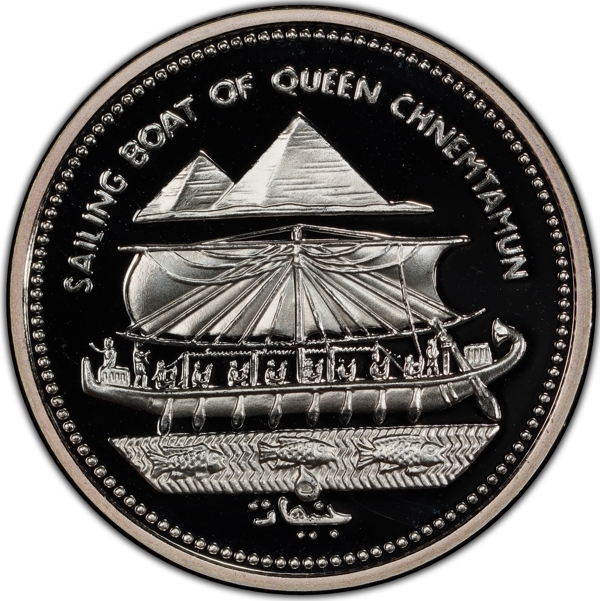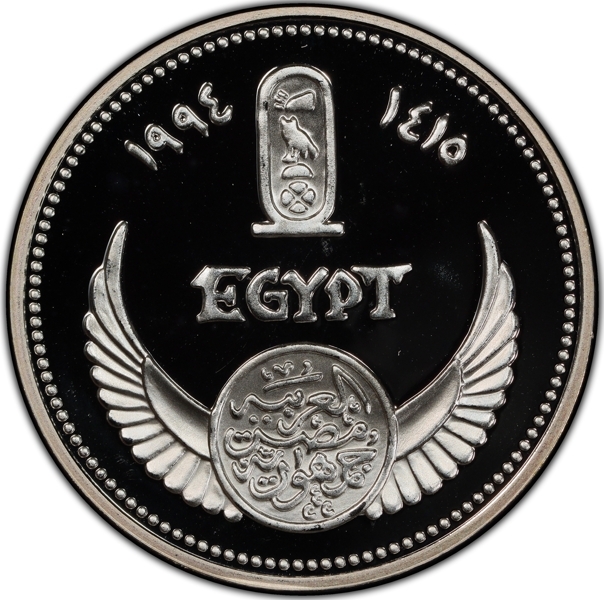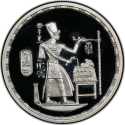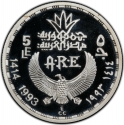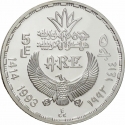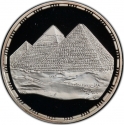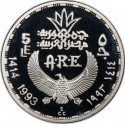You are about to finish your registration. Please check your mailbox (including spam folder). There should be a letter with a confirmation link. Check setting to make sure that your e-mail address is correct.
Send letter againDescription
The Land of Punt was an ancient kingdom known from Ancient Egyptian trade records. It produced and exported gold, aromatic resins, blackwood, ebony, ivory and wild animals. It is possible that it corresponds to Opone in Somalia, as later known by the ancient Greeks, while some biblical scholars have identified it with the biblical land of Put or Havilah.
In the Eighteenth Dynasty of Egypt, Hatshepsut built a Red Sea fleet to facilitate trade between the head of the Gulf of Aqaba and points south as far as Punt to bring mortuary goods to Karnak in exchange for Nubian gold. Hatshepsut personally made the most famous ancient Egyptian expedition that sailed to Punt. Her artists reveal much about the royals, inhabitants, habitation, and variety of trees on the island, revealing it as the "Land of the Gods, a region far to the east in the direction of the sunrise, blessed with products for religious purposes", where traders returned with gold, ivory, ebony, incense, aromatic resins, animal skins, live animals, eye-makeup cosmetics, fragrant woods, and cinnamon. During the reign of Queen Hatshepsut in the 15th century BC, ships regularly crossed the Red Sea in order to obtain bitumen, copper, carved amulets, naptha and other goods transported overland and down the Dead Sea to Elat at the head of the gulf of Aqaba where they were joined with frankincense and myrrh coming north both by sea and overland along trade routes through the mountains running north along the east coast of the Red Sea. A report of that five-ship voyage survives on reliefs in Hatshepsut's mortuary temple at Deir el-Bahri.
Obverse

|
Depicts a wall reliefs in Hatshepsut's mortuary temple at Deir el-Bahri, showing a royal expedition to Punt, the Great Giza Pyramids above, denomination left of them. The inscription "The boat of the queen Chnemtamun (lit. daughter of Amun)" above. SAILING BOAT OF QUEEN CHNEMTAMUN |
|---|---|
Reverse

|
Cartouche divides date in Arabic (Hijri) and (Georgian) above mirrored wings around the country name (Arab Republic of Egypt) and state name (Egypt) above wings. ١٤١٥ - ١٩٩٤ |
| Edge |
5 Pounds
Pharaonic Treasure / Ancient Egyptian Art
Boat of Queen Chnemtamun
Subscribe series
KM# 971 Schön# 582
Pharaonic Treasure / Ancient Egyptian Art
Boat of Queen Chnemtamun
